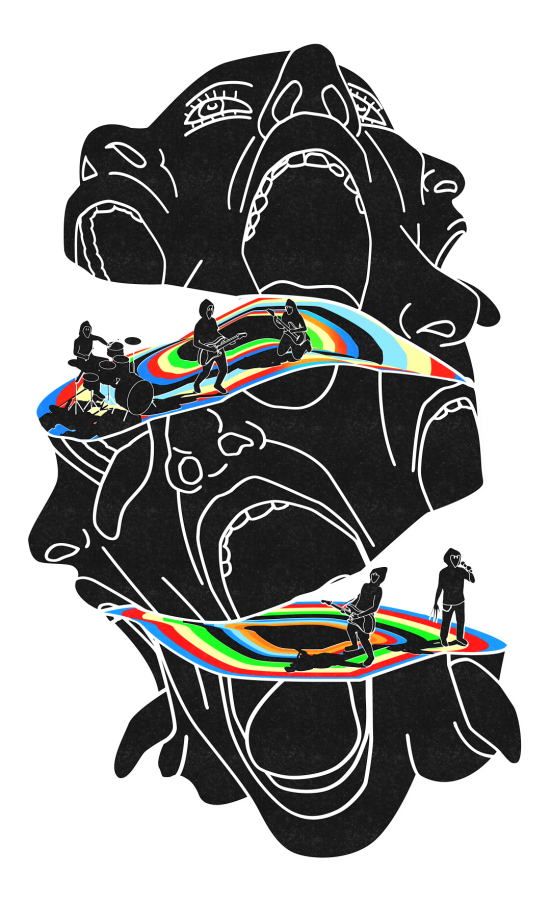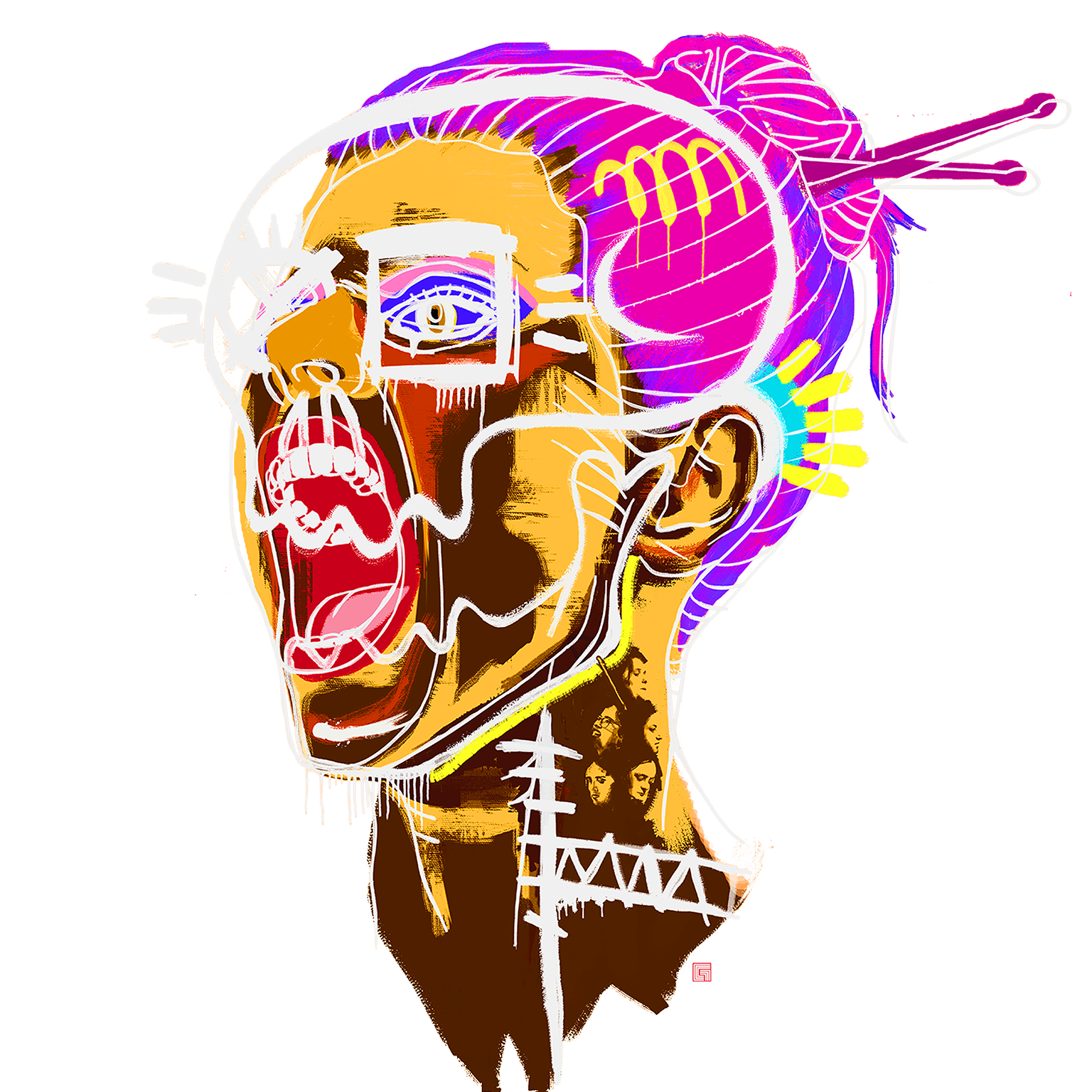History of the Music Experiments
2021
2020
2019
2018
2017
2016
2015
2014
2013
2012
2011
2010
2009
2008
2007
2006
2005
2004
2003
2002
2001
2000
1999
1998
1997
1996
1995
1994
1993
1992
1991
1990
1989
1988
1987
1986
1985
1984
1983
1982
Previous
Next
The IME has always been held at Tónabær, with the venue originally located at Skaftahlíð 24 in Reykjavík. In the year 2000, Tónabær relocated to Safamýri. The semi-finals typically take four to five nights and draw large crowds, with attendance often reaching 500-600 people. Fun fact: admission to the first IME was only 50 kr.
Sessions at recording studios have always been the main prizes for the IME, and more sponsors came on board early on. The most promising or talented instrumentalists were chosen and rewarded with credits at various music stores. A special judging panel was quickly established to avoid so-called "popular votes", but the audience chose which bands would proceed. The judging panel began selecting interesting bands for the finals, regardless of audience choice.
The Music Experiments are often described as a stepping stone for young and inexperienced bands looking to break into the "hard music industry". Bands such as Kolrassa Krókríðandi (Bellatrix), Botnleðja (Silt), Maus, Mínus, Jakobínarína, Agent Fresco, Vök, Samaris, Mammút, Of Monsters and Men are great examples of the success that can follow participation in the IME.
Many of the above-mentioned bands dove into the deep end after taking part in the Music Experiments. They continued by recording their first EPs, touring in far-off lands, playing with world-famous bands, and experiencing the rock-and-roll lifestyle in various ways. As happens, some of these bands lasted longer than others, but that's how the world goes on. Of course, we cannot forget all the bands and musicians who did not make it to the finals, or did not receive prizes. Many of them continued their work and became prominent, albeit not necessarily with the same names they used during the competition. The experience and synergy with other musicians is no less valuable or important for those involved. New ideas and bands continue to be formed and flourish in the Icelandic musical landscape. Which is, of course, one of the main purposes of the Music Experiments.
It is a fun fact that the first band to step up on stage at the Music Experiments in 1982 was the all-female band Sokkabandið. However, the lack of female participants has been a common topic of discussion concerning the Experiments. There have, however, been quite a few all-female bands in the finals and in first place, such as Dúkkulísurnar, Kolrassa Krókríðandi, Á túr, Mammút, Vök, Between Mountains, Atería, and others.
The final nights of the IME were held at Tónabær's main venue until 2001, when they were moved to a larger venue for the first time. The Fram Gym in Safamýri was the first choice, and in the following years, both the semi-finals and finals have been held in various locations around Reykjavík. Over the years, this spectacular music festival has been held at a variety of locations around Reykjavík, including Hitt Húsið – Youth Center in Pósthússtræti, Austurbær Event Hall at Snorrabraut, Tjarnarbío Cinema, Loftkastalinn Theater, the Icelandic Opera, Reykjavík Art Museum, and Harpa. Ever since, this music event has been one of the main platforms for young Icelandic bands and musicians aged 13-25 to promote their music.


